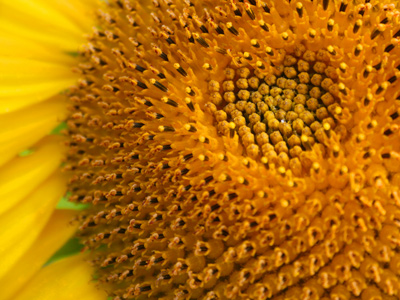The Heart
The headquarters, or control center of the circulatory system is the heart. The heart is a muscle. It is approximately the size of a fist and it is located slightly to the left of the middle of the chest. The heart is divided into two parts, the right side and the left side, and it acts like a pump.
The left side of the heart receives blood from the lungs and then it pumps that blood to the body. The right side of the heart then receives the blood back from the body and pumps it to the lungs to get oxygen. When looking at the heart you will notice that the left side is slightly bigger than the right side. This is because the left side does more work in that it has to push blood throughout the entire body whereas the right side just pumps blood to the lungs.
Not only is the heart divided into two halves but each half is also divided into two halves. The right side of the heart contains the right atrium and right ventricle and the left side contains the left atrium and the left ventricle. The atriums receive the blood into the heart while the ventricles pump it out. The two atriums and ventricles are also referred to as the heart’s chambers.
The Blood Vessels
Blood vessels help to carry the blood throughout the body. The vessels include the arteries which carry the blood away from the heart and the veins which return the blood back to the heart. The two largest veins are known as the superior vena carvae and the inferior vena carvae. The superior is located above the heart and the inferior is located below the heart.
The superior vena carvae carries deoxygenated blood from the upper half of the body to the right atrium. Deoxygenated blood has had oxygen removed from it.
The inferior vena carvae carries deoxygenated blood from the lower half of the body.
Capillaries are small tube-like structures that connect the veins to the arteries. It is through the capillaries that nutrients and oxygen are delivered to the cells of the body. Capillaries also remove waste from the blood such as carbon dioxide.
How much does the heart pump? Every minute of every day the heart pumps approximately 4½ liters of blood. That is equal to about 2,000 gallons a day!








